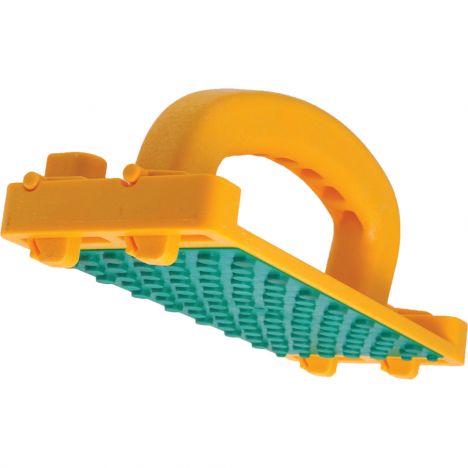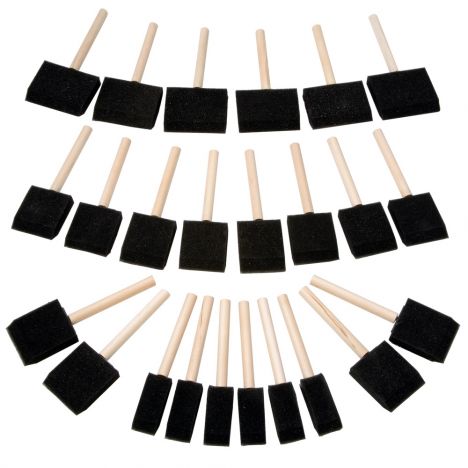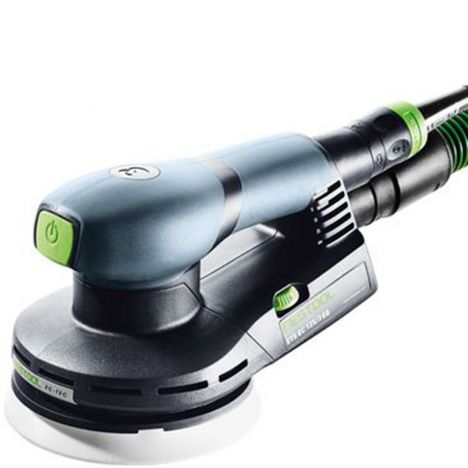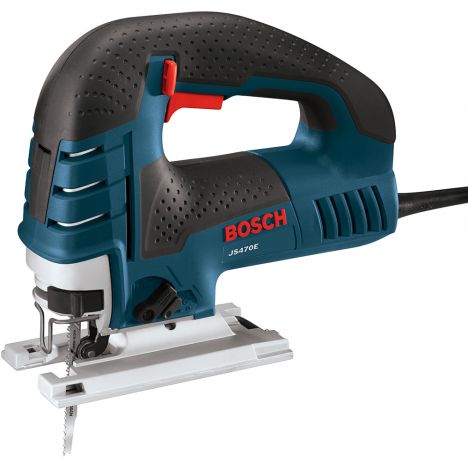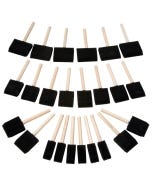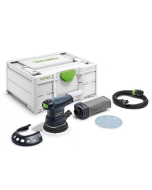Video: Making a Custom Wood TV Remote
In this video, David Picciuto takes apart a cheap plastic TV remote and rebuilds it out of solid wood.
David Picciuto upcycles an old television remote into a smart looking woodworking project, thanks to some laser cutting and a cool magnetized battery backing.
You can find more great projects and techniques from David Picciuto at his website.
Featured Tools:
David Picciuto: Welcome to Make Something with me, David Picciuto. Today, we're going to take our boring plastic TV remote, gut it, and make it out of wood but it's got a cool killer hidden feature that you got to stick around to see. Check it.
That came out way better than I could have imagined. I love it, I love it, I love it. The back magnets goes right back into place.
Here's the thing, the Apple remote on the back here works with most TVs, where you can program the volume up and down but, for whatever reason, it doesn't work with our TV and so we have to have two remotes. Well, we just ordered a new soundbar for our home entertainment system and the Apple remote does work with that. In reality, all we need this remote for is turning the TV on and off.
I'm actually going to change this up. I'm going to remove the back here and I will take this and I will probably chamfer the edges around here and then I just cut out a whole magnet back that will stick on here. This will most likely be hidden inside our coffee table most of the time if we only need it for the power. I will likely make a new case just for the Apple remote. Here's the thing, I really, really dislike the design of the Apple remote.
It is so thin and so small that it falls in between the couch cushions and it is extremely sensitive. As you move around on the couch, it pauses and plays, and brings up the menu system. I really think it's a horribly designed remote. I'm going to make a wood case for it to make it a little bit bigger, a little bit thicker, easier to find when it does go missing, and it won't fall into the couch cushions so much.
Everything on here, there's no glue. Everything is either magnets, which falls perfectly into place every single time, and then the remote friction fits in there. Look at it, that is so cool. I can take that off. The top is not glued on, it just friction fit. I can push through the battery case on there and then even the circuit board on there is all friction fit. So cool how everything worked out, just fantastic.
This was one of those projects where it came out way better than expected. By far, the hardest part of this project was getting the button layout right. I don't have a flatbed scanner so I took a photo as remote and then imported that into Illustrator. The photo that I took was on grid paper so I could then fix the skew and perspective of everything. I traced out all the buttons and I did my first print.
I noticed, "Oh, hey it doesn't fit. It doesn't line up." I rearranged things. I moved things around. It took me many, many, many, many, many tries. This is on just some craft paper to get the layout right. When I finally got it right, I cut it out on walnut. I had a walnut case with a walnut inlay. I then decided that I did not like the walnut on walnut action and swapped it out for a darker wood. This is some sort of exotic wood.
I had some veneers laying around and I glued that veneer to a thicker board, I think some cherry that I had lying around, just so it was a little bit stronger than the flimsy veneers. I'm so glad I did that because I like the dark wood on the walnut than the walnut on walnut. I think it came out much better. The reason there's a chamfer on the bottom here is so it doesn't look so thick because if it didn't have that chamfer, it would look way too meaty, I think.
That's just the designer in me nitpicking. Even when I do remove the bottom, I'm going to chamfer this edge so this doesn't look as thick as well. There's one coat of boiled linseed oil on there and then a couple of coats of spray lacquer.
Keep the inspiration coming!
Subscribe to our newsletter for more woodworking tips and tricks

